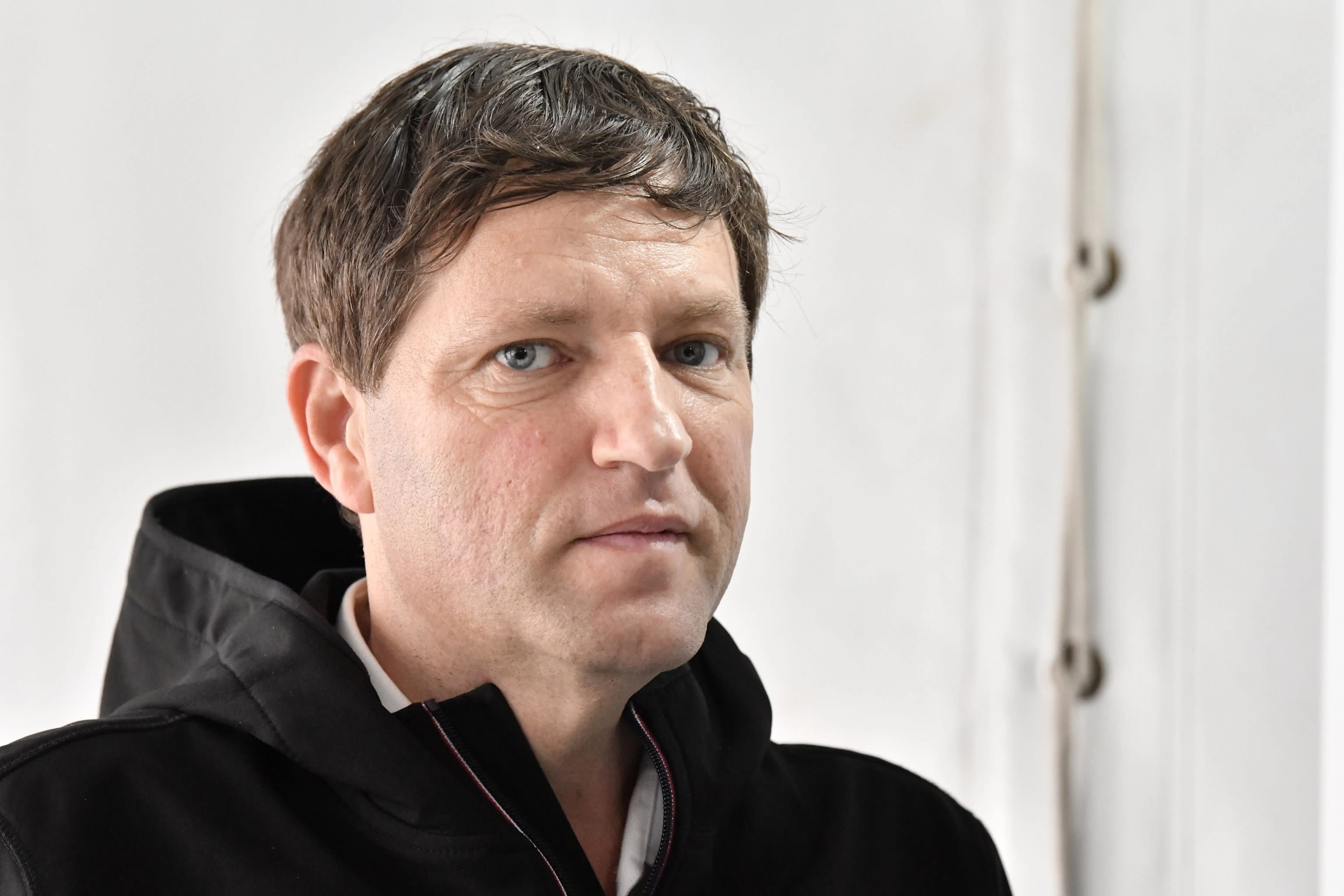Threefold passenger increase, mayor ousted: The line that surprised experts

Dan's Line 41 serves 120,000 monthly passengers, linking Petah Tikva to Holon and Kiryat Ono to the Red Line, emphasizing benefits and political risks.
Under Transportation Minister Miri Regev, the Ministry's Public Transportation Authority rarely releases data to the public, sometimes even concealing it. However, recently, it quietly released surprising data on the success of an old line in Gush Dan, which underwent a series of changes that tripled its daily ridership. The work on this project lasted more than two years, serving as a guide for planners with all the factors that can attract passengers to buses, but also highlighting the price paid by mayors for necessary but unpopular actions.
This is about Dan's Line 41, which starts at Halochamim Terminal on the Tel Aviv/Holon border and serves three major medical centers: Wolfson in Holon, Sheba in Tel Hashomer, and Beilinson in Petah Tikva. A long-standing workhorse of public transportation, it underwent several changes last year, involving a rare cooperation in Israel between the Public Transportation Authority and the municipalities of Petah Tikva and Kiryat Ono.

The result: last Passover, around 40,000 passengers a month used the line. Today, it serves about 110,000 passengers, and estimates suggest it will soon surpass 120,000. On average, there are 38 passengers on each of its 127 daily trips, from 5 AM until almost midnight.
How did this old line suddenly become a symbol of success? Last May, its route was extended to the Petah Tikva Central Bus Station, which it reaches via the new public transportation lane inaugurated on Levi Eshkol Boulevard in Kiryat Ono. Additionally, its route in the Sheba area was changed so that it no longer enters the hospital complex but drops passengers off at its entrance, where they transfer to the internal shuttle. Dan also transitioned most of the line to quiet electric buses.

"We strive to be attentive to everyone's needs," says David Kimhi, the public transportation supervisor at the Petah Tikva municipality. "Almost the entire route from Kiryat Ono to our central station is on dedicated lanes: on Rabin, Jabotinsky, the market, and Bar Kochba, which we paved together with Ayalon Highways. We prioritized buses, including Line 41, at the traffic light at the Jabotinsky-Rabin intersection, following complaints from bus drivers about delays, saving another 5 minutes. Changing the route in the Sheba area alone saved about 30 minutes during peak hours; there's no reason for a main line to make loops inside the hospital complex. This way, we created a reliable and fast line for passengers."
Thus, Line 41 serves residents of Petah Tikva who need to reach the recruitment office in Tel Hashomer, Sheba, and Wolfson. Petah Tikva, with 275,000 residents, now sees about 100,000 bus trips per day within its area. For Kiryat Ono residents, it provides a quick connection to the Red Line of the light rail in Petah Tikva, allowing them to quickly reach Savidor station or other points of interest in Tel Aviv, even during rush hours, via its underground section. The changes were supported by the neighboring mayors, Rami Greenberg in Petah Tikva and Israel Gal in Kiryat Ono, but Gal paid a heavy price for them.
Today, the dedicated lane crossing Kiryat Ono is essential for short trips from the city to the light rail. But when it was inaugurated a year ago, its paving sparked harsh criticism from city residents accustomed to using private cars, angry about losing a lane.

"I lost the election because of the dedicated lane," says Gal in a conversation with Walla. "There are two light rail lines, the Red Line already passing through Petah Tikva and the Purple Line that will pass on the other side of the city near Or Yehuda, and a quick connection to them was needed. I promoted the dedicated lane just as I fought for future metro stations in the city."
You are an example that there is not always a political reward for showing leadership in the transportation field. "I do not regret it; it was the right thing to do. You can't have a successful city in Gush Dan without efficient public transportation. I encountered populism, and it might have been that if the light rail had started operating a year earlier as planned, more residents would have had time to see that I was right in this move and would have given me another chance. I am proud that I looked ahead."
